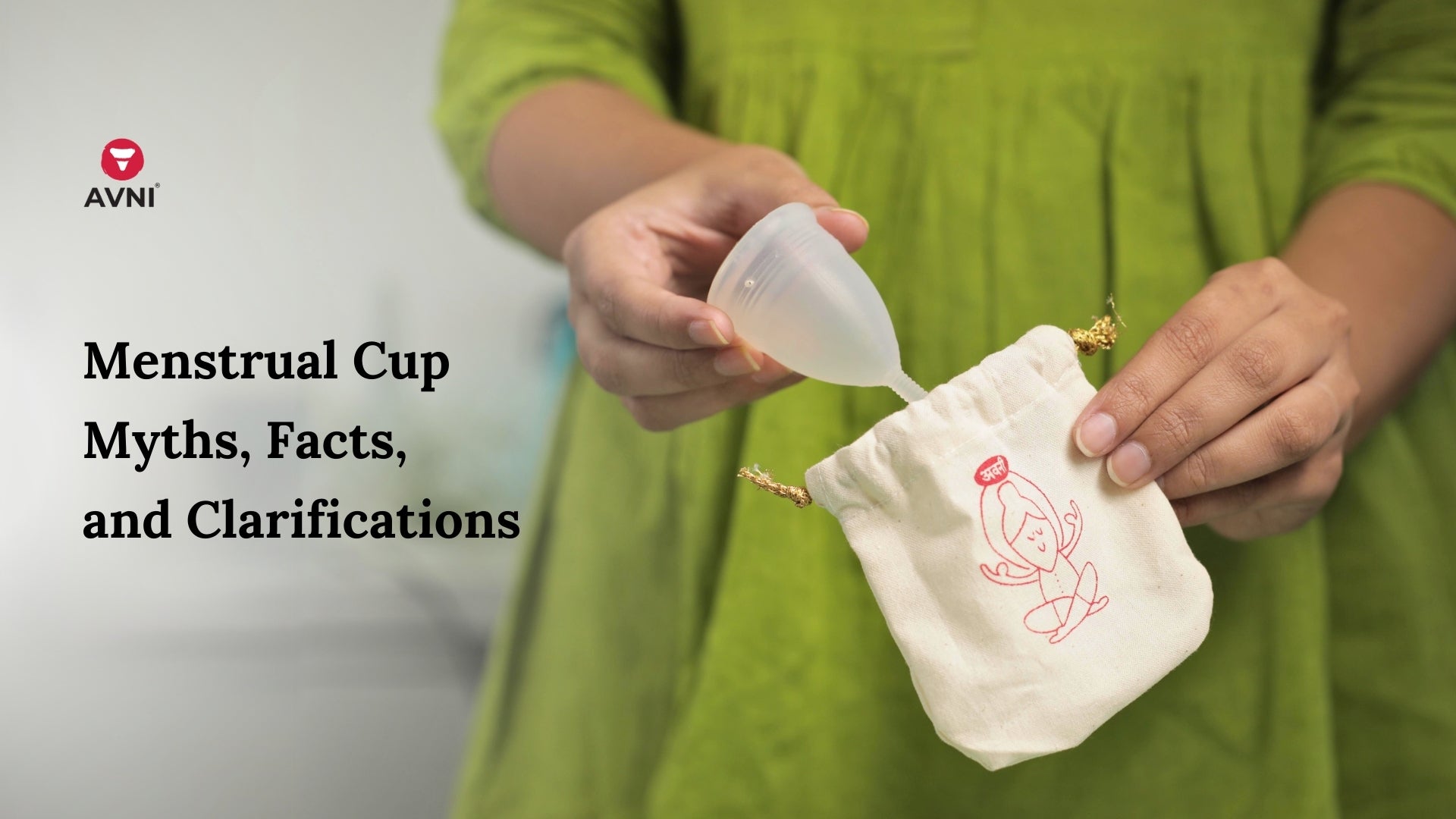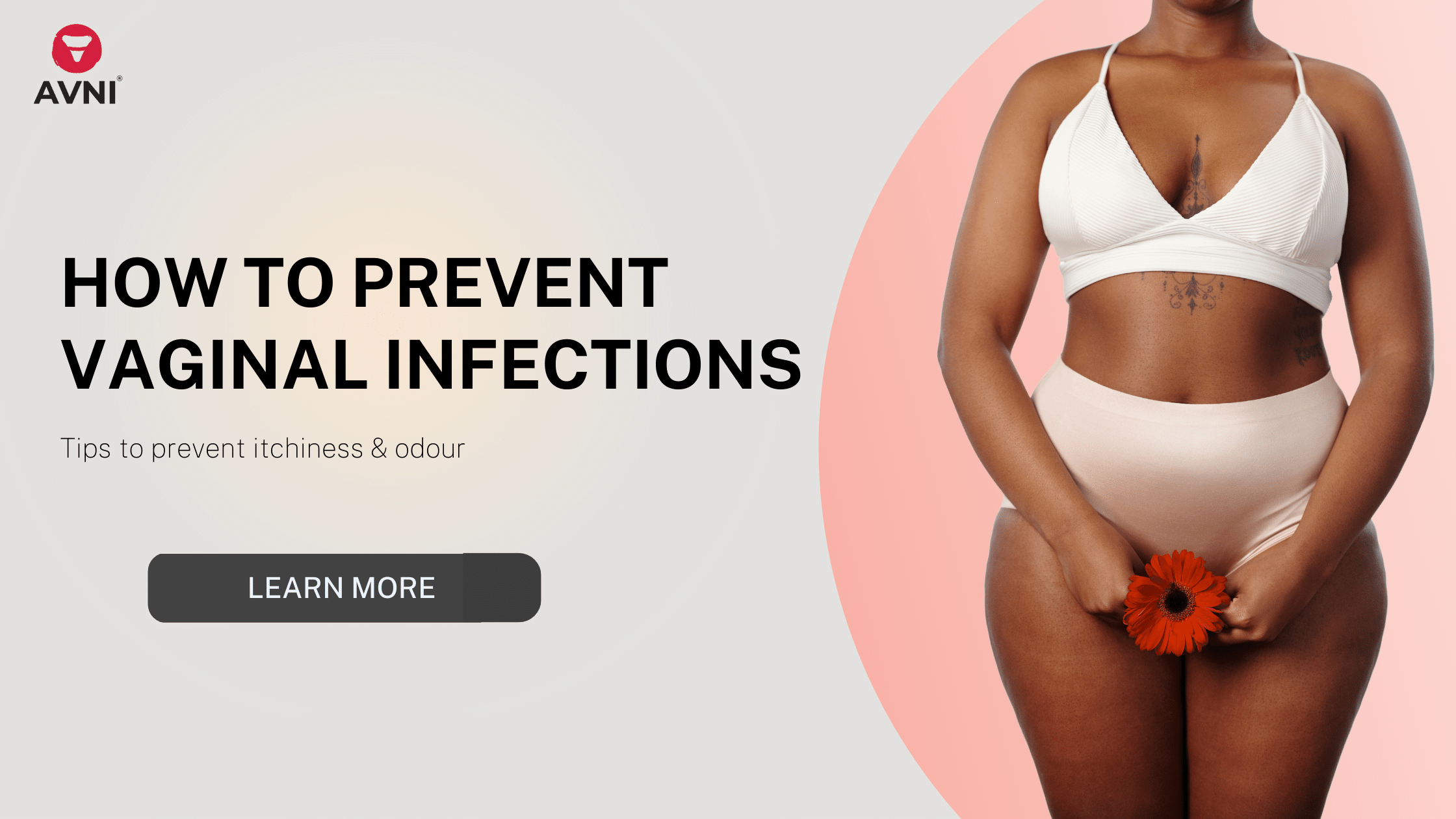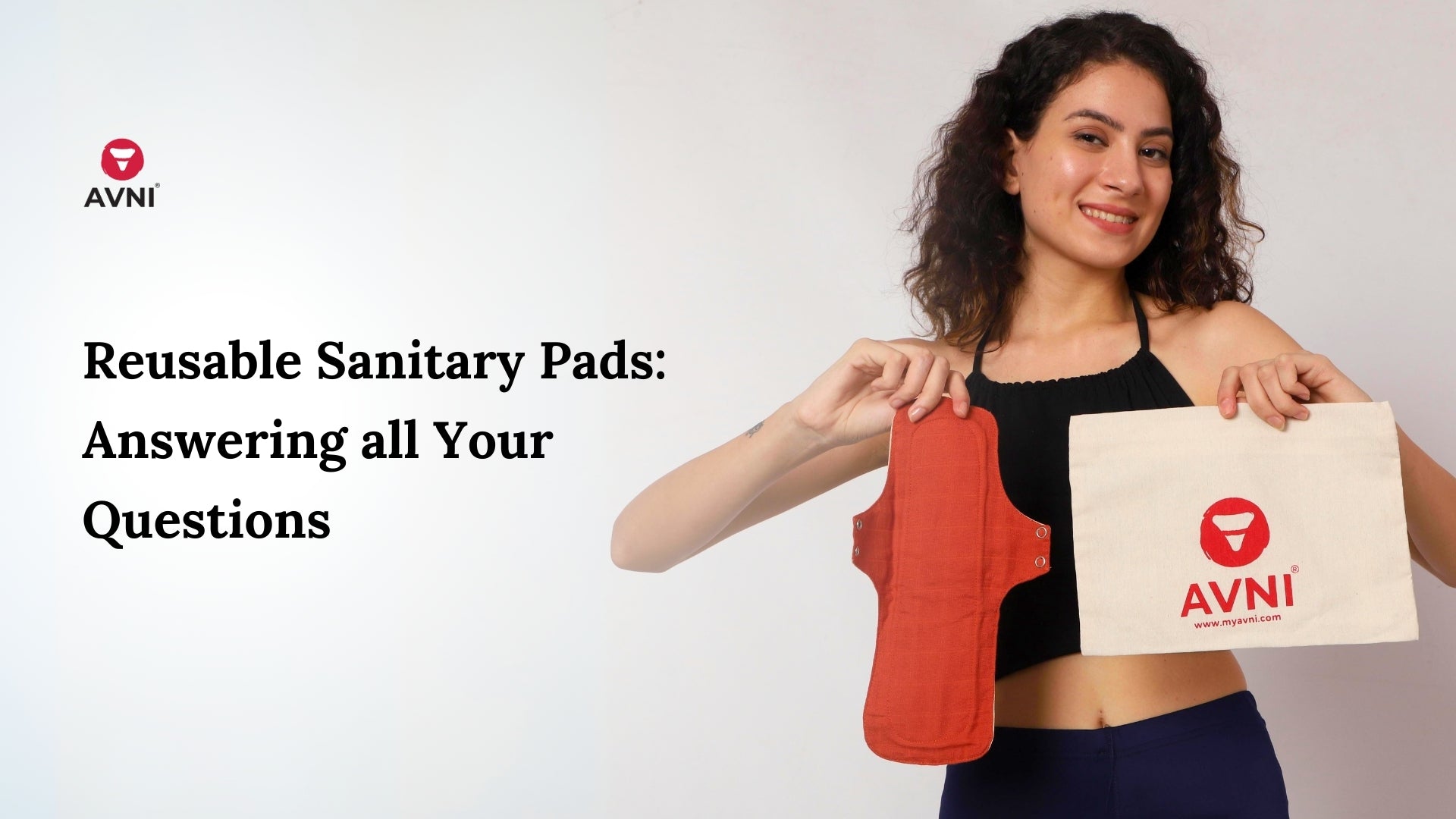
Menstrual Cup Myths, Facts, and Clarifications
For those who are switching to menstrual cups from other sanitary products or starting their menstrual journey with the cup, it is understandable that you would be on top of your research game.
However, the internet is a funny place and there are chances that you might get more menstrual cup myths than facts and clarifications.
We have faced our fair share of misleading facts and would like to bust some myths so that you know your way around menstrual cups.
Myth #1: One Size Works for All

Not all menstrual cups are made equal and this is evident from the different sizes that are available in the market. While you choose your menstrual cups, it is important to consider a few factors like your cervix size, menstrual history, age and sexual history to name a few.
Small Cup: For those who are new or below 18 years.
Medium Cup: If you have a medium amount of flow and are between the ages 19 and 30 years.
Large Cup: Over 30 years of age and with heavy menstrual flow. For those with vaginal birth, most gynaecologists recommend a large cup while those with a comparatively smaller cervix are suggested to go for a small and medium size.
Having said that, each body is unique and it is important to consult your doctor before you make the decision on selecting a size for yourself.
Tip: Measuring your cervix yourself (getting some idea) can help you determine the right for yourself. Since the cervix moves, the best time to measure is during your periods. Take your longest finger and insert it your vagina. Keep pushing until you feel something like a nose. Measure this length on your finger and the final number is the length of your cervix. However, nothing beats a professional intervention.

Myth #2: All Cups are Made Equal
Now that we have spoken about the size, it is time to address the quality and manufacturing process. Many menstrual cups in the market do not adhere to the quality standards that may do more harm than good.
Here are few things to keep in mind:
- Reusable menstrual cups made from 100% medical grade silicone should be your choice as you select a cup for yourself.
- Look for manufacturing certifications on the box. If the cups have anything apart from ISO Certified, Made In India, walk in the other direction.
- Is your menstrual cup approved by your gynaecologist? Most medical experts are aware of the right brands in the market and can help you make the right choice. Consult your doctor before you buy a cup and get the best menstrual cup for your health and safety.
Myth #3: Menstrual Cups Affects Virginity
Virginity is not a biological concept but a societal construct. Virginity is associated with a soft tissue - the hymen and its rupture. The hymen is not a virgin indicator and is prone to breaking during several day to day activities.
When you are lifting weights, cycling, exercising, etc, your chances of the hymen breaking is just as good as during sex. So let's keep menstrual cups away from virginity and closer to safe & healthy periods.
Myth #4: Menstrual Cups Can Get Lost in You
Again, not true.
Menstrual cups are fixed at the edge of the cervix and owing to the narrow tube like structure, cannot pass through it. However, a cervix does tend to move up and down which may lead to the menstrual cup moving along with it.
This may be during periods, different stages of arousal and of course, pregnancy.
Many women experience difficulty in locating their menstrual cups after waking up. This may be because the cervix went a little higher through the night and just needs time to get back to its original position.
Instead of panicking that you might have lost your cup inside you, wait for some time. You will be able to locate it eventually.
Myth #5: You Can’t Pee with a Menstrual Cup
Imagine having to remove your menstrual cup every time you pee! You would either be very tired or very dehydrated.
It is a common myth which is not true, save for a few rare cases with specific anatomies.
A menstrual cup does intervene in your toilet functions and does not hinder the process in any way. Since the cup is located close to urethra, you might have to lean forward a little for a more comfortable experience but in no way does it prevent you from regulating your natural functions.
Myth #6: You Cannot Sleep With a Menstrual Cup On
You can sleep with a menstrual cup, provided you empty it before hitting the sheets. Menstrual cups are more convenient as you sleep unlike other bulky sanitary products.
Since a menstrual cup lasts for 12 hours, it can be easily used through the night for a leak-free experience. Imagine sleeping a full night without worrying about leakage, rashes and discomfort!
Myth #7: Menstrual Cups Intervene Physical Activities
Quite the opposite, in fact!
Menstrual cups are perfect for those with an active lifestyle. Unlike a tampon string, it is not visible as you swim, nor uncomfortable pads as you go on a hike.
If your cramps are not as severe, you can even do heavy workouts during your periods and your menstrual cup will make the process a whole lot easier.
Note: Please consult your doctor before engaging in heavy physical activities during your menstrual cycle.
Final Takeaway
One might think that menstrual cups are a new innovation, thanks to the simplified way of going through periods. However, menstrual cups have been around since the 1930’s, almost 100 years.
This gives enough time for myths to gain a strong root in people’s mindset. The myths around these cups are common but it is important to get your facts right before you initiate your cup journey.
You can always talk to your doctor, visit MyAvni blogs or get in touch with us for any doubts and clarifications. Our docs on board are always happy to help!
MyAvni is taking menstrual care to a whole another level and with its innovative products like menstrual cups and plant-based products. Check us out if you, like us, believe in sustainable and eco-friendly period!



Leave a comment
This site is protected by hCaptcha and the hCaptcha Privacy Policy and Terms of Service apply.